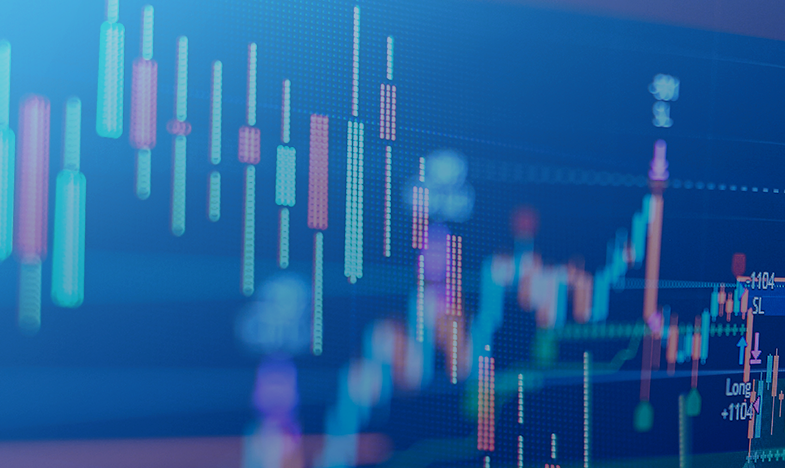After the sharp decline witnessed by gold in yesterday’s trading, the yellow metal witnessed a significant rise in the markets today, as gold futures recorded $ 2,946, an increase of 0.58%, while spot gold contracts rose by 0.49%, to reach $ 2,918.42. This move reflects a variation in the performance of gold in light of the global economic conditions that affect the precious metals markets in general.
Gold movements in the markets are among the most followed in the global financial markets, as it is seen as a safe haven in times of economic and financial tensions. After a significant decline in prices earlier, gold has returned to rise as a result of several economic factors that contributed to changing the trend in its markets. The main reason behind gold’s decline in the previous days was related to the rise of the US dollar, which saw gains as a result of expectations of interest rate hikes by the US Federal Reserve. As the dollar rises, commodities denominated in the US currency, such as gold, tend to fall.
But at the same time, gold seems to have benefited from some of the ongoing pressure on financial markets for now. Fears of global inflation remain, as commodity prices continue to rise in many countries, increasing demand for gold as a hedge against inflation. In addition, geopolitical tensions, such as the war in Ukraine and political crises in some regions, continue to boost demand for safe-haven gold.
In contrast, today’s rally also reflects a breathtaking response from a previous decline, as investors move the markets while avoiding growing panics.
The impact of the dollar rise on gold prices
The US dollar is one of the fundamental factors that significantly affect gold prices in global markets. When the US dollar rises, gold often sees its value fall, and vice versa. This is due to the inverse correlation of gold and the dollar most of the time, as the dollar is considered the main currency in the gold trade.
When the dollar rises, gold becomes more expensive for holders of other currencies, reducing demand for it. Thus, this may lead to a decline in its prices, as investors prefer to resort to dollars or other assets that may be more profitable or less expensive at such times. Moreover, when the dollar gains against other major currencies, the return on dollar-denominated assets, including U.S. bonds, increases, leading investors to prefer high-yielding assets rather than non-fixed-yielding gold.
On the other hand, gold is one of the most prominent tools used to hedge against inflation and market volatility, and in times when the dollar is rising, interest in gold as a safe haven may increase for investors seeking to protect their money from the effects of inflation or a possible deterioration in the value of the US currency. However, a significant rise in the dollar often reduces this attractiveness, putting pressure on gold prices.
In parallel, the policy of the US Federal Reserve directly affects dollar movements. When the Fed raises interest rates, it strengthens the value of the dollar. Thus leading to a decline in XAU prices. This relationship makes gold indirectly affected by the decisions of the US central bank. As investors seek to take advantage of the high returns of the dollar in the event of a rate hike.
Factors that contributed to the rise of XAU
Gold markets have witnessed a significant rise in recent times as a result of the interaction of several economic and geopolitical factors together. The first of these factors is global inflation, which remains a major threat to major economies. With prices of goods and services rising around the world. Investors are looking for hedging tools that can preserve value under these volatile conditions, and XAU is one of the most prominent tools due to a long history of preserving value in difficult times.
In addition, geopolitical tensions have increased, especially in Eastern Europe. Where the war in Ukraine has increased pressure on financial markets. Such crises raise demand for safe-haven XAU. As investors flee riskier assets to the yellow metal, which is considered the most stable in such conditions. These tensions boost demand for XAU at a time when many individuals and companies are seeking to reduce risks and achieve financial stability in light of the political uncertainty.
Central bank policies are also factors that directly affect XAU prices. Although some central banks have raised interest rates to fight inflation, the monetary easing policies of some major banks have contributed to increasing demand for XAU. Low interest rates or easy monetary policies lead to lower returns on traditional financial assets such as bonds and stocks. Increasing the attractiveness of XAU as an alternative investment.
Moreover, the depreciation of some major currencies such as the US dollar also contributed to the rise of gold. When the dollar weakens, gold becomes less expensive for foreign investors, contributing to increased demand. Expectations of further inflation or a weaker U.S. economy also enhance gold’s appeal as a value portfolio.








